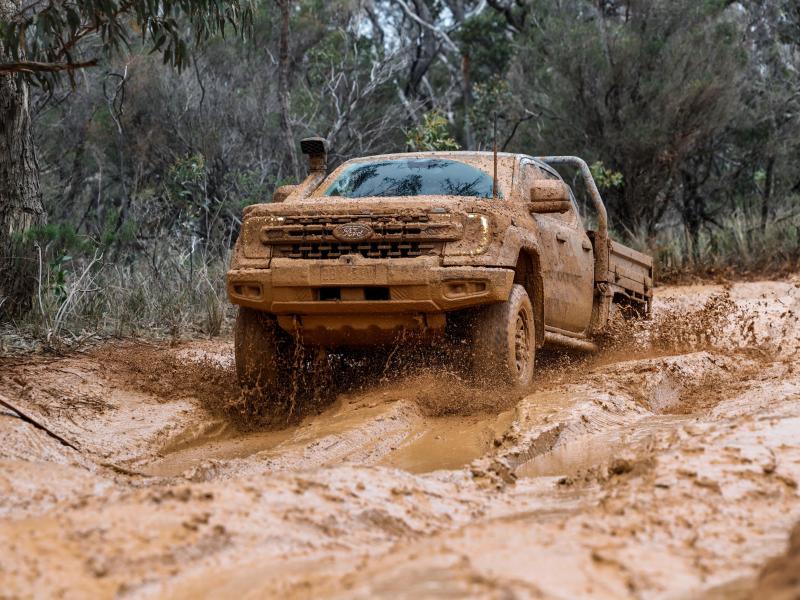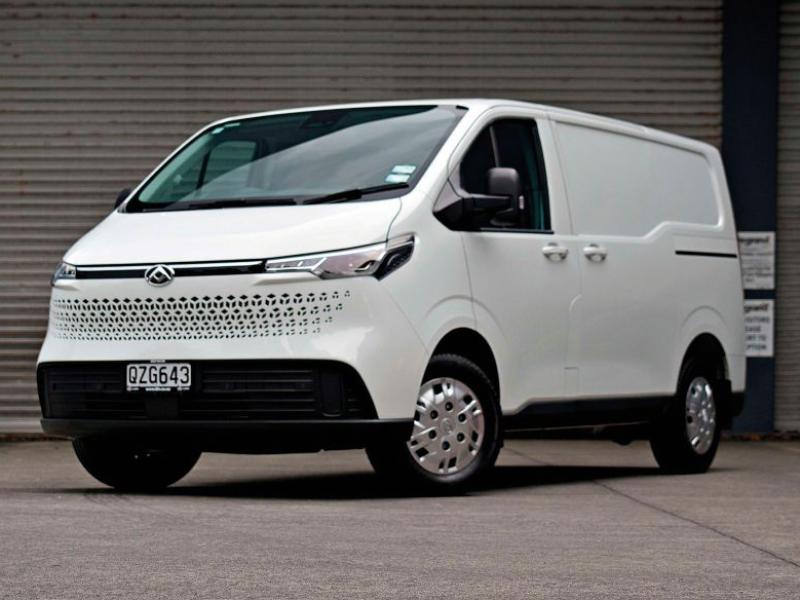Where the Golf leads, the Caddy follows – and delivers
The Volkswagen Caddy has transformed in its fifth iteration – it is now a recreationally focused vehicle, a far cry from the Caddy’s original workhorse role in this country.
While the lifestyle variants demonstrate the versatility of the Caddy, they are not really the vehicles this magazine would typically consider, and especially not in this section of NZ Company Vehicle.
The Caddy Cargo on the other hand, ah yes, well that’s a different kettle of Kombi altogether.
Volkswagen has come up with an extensive rework of the Caddy’s exterior, bringing it into line with other models in the Volkswagen line up.
At the same time, the sharper and bolder lines deliver a sense of purposefulness which is more than a head nod to the working nature of VW’s metro-friendly commercial vehicle.
Three Caddys make up the Cargo range today; two standard size models and the Caddy Cargo Maxi.
Of the two standard size models, there are two power outputs from the same two-litre, turbo-diesel engine – a 75kW/280Nm version with a six-speed manual transmission, and the one seen here, with 90kW/320Nm on tap and a seven-spd DSG shared with the Maxi.
Our 90kW, automatic tested vehicle has already been kitted out, much as we suspect a tradesperson might equip his/her vehicle.
None of the fit-out in the rear of the Caddy shown is standard, nor is the roof rack system. Looks pretty cool though, doesn’t it?
Volkswagen NZ has also added some options for this vehicle, like twin side sliding doors for instance; the standard is for a single door access.
And the access is to? Regular Caddys have a 3.1m3 cargo volume while the Maxi takes it up to 3.7m3. Payload varies from 693kg and 695kg for the Caddy ‘twins’ and 729kg for the Maxi.
Caddy is – and has always been – a kissing cousin to the Golf line and accordingly shares the same build architecture, referred to as MQB – or Modularer Querbaukasten in German, which translates to Modular Transversal Matrix for those who want to win on The Chase.
The MQB architecture is a formula to rationalise production of vehicles with transverse (side to side) engines, which means different models and even different brands, can be produced in the same plants. MQB is not only to maximise efficiency on the production line, however.
Rather, the MQB platform allows for improvements to the suspension – thus the Caddy Cargo will share more of the handling characteristics of the agile passenger cars. It also means the more advanced safety and driver assistance systems become available too.
These safety features include adaptive cruise control, autonomous emergency braking, front assist with city emergency braking, lane assist, multi-function and rear-view camera systems, driver alert system and more besides.
It’s not all about safety features though. MQB also allows for the application of an electro-mechanical parking brake, Auto Hold, shift-by-wire gearbox and a newer suspension design, which contributes to the Caddy 5’s flat cornering and carlike handling dynamics with much sharper steering response than commercial vehicle users might expect.
In the same vein, the front office of the Caddy is very familiar ground to VW owner, but in saying that, it is new generation ground, with a digital dash display and built-in Bluetooth and wireless App connect as standard.
An 8.25-inch touchscreen is also standard though a 10-inch screen upgrade with integrated sat nav and voice control is a cost option.
Overall, the changes made to the Caddy Cargo 5 are welcome ones and that includes the slight increase in price which is more than justified. Caddy has a tradition of being the number one seller in segment which just happens to carry the highest price, but the price has always been reasonable given the refinement and practicality of the vehicle.
Happily, this has not changed. The Caddy is still a price point leader, but you still get much more than you pay for. The Caddy 5 then, is considered a class act and deserving of its market leading position.






